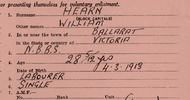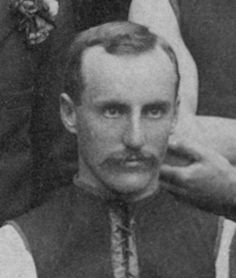His first marriage can’t have lasted long (even in 1954 he's not living with his spouse), and (if it is him) he ended up living with (and almost certainly married to) Dawn Hope (nee Cummings) at Mount Isa, Queensland. The electoral roll had them together there in 1977 and 1980. She died and was buried at Mount Isa in 1982.Searching for clues on Ivan Clues...
The only record of him in any trees on Ancestry shows a different birth date to what accepted records have. The league / Encyclopedia has Clues born on 10 May 1929, while this tree has him born on 5 October 1929.
The following is a bit of speculation on my behalf, but given Ancestry doesn't allow living people to be searched in trees, and this is the Clues family tree, my mind is turning to one of two conclusions: either Clues has died and the tree owner hasn't listed or made public his death date (it is a private tree), or the tree owner is not particularly au fait with Ancestry and has added Clues manually recently without unticking the 'deceased' button which Ancestry would presume when you are adding someone born in 1929. Not sure, but there might be more out there.
View attachment 1912774
I guess the only other explanation is that no one knows his death date, if it's already happened?
See below: I'm not convinced the Ivan Noel Clues from Collingwood and the Ivan Clues from Queensland are the same guy.
View attachment 1912780
There really is nothing else in the Ancestry records to go off, other than the fact he got married in 1949:
View attachment 1912781
The only thing making me think that the Collingwood and Queensland person might be one and the same is that it appears Clues didn't list his middle name in his marriage certificate, and it was added by an Ancestry user after the fact, so perhaps he was inconsistent in applying his middle name to official documents.
Regardless, I'm none the wiser right now.
P.S. Shout-out to Collingwood Forever who have written a wonderfully detailed article on a two-game player!
I chatted with the Collingwood club historian about Ivan Clues a while back, and it's simply not known as to whether or not he is still alive.
Last edited:











